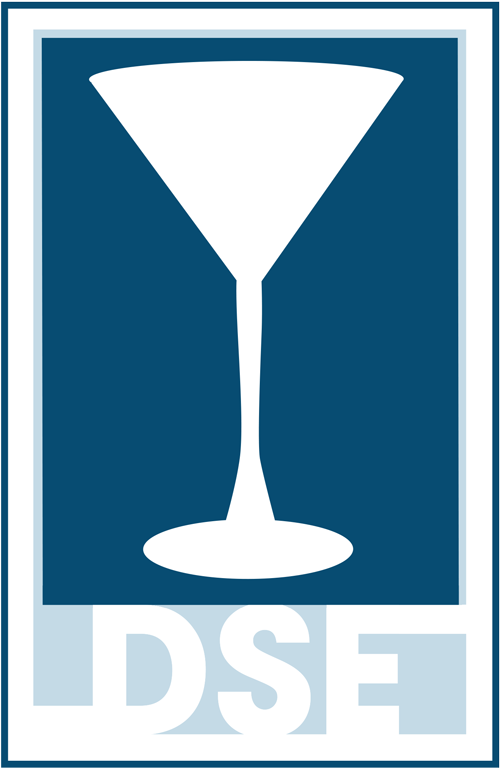What Are the Risk Factors for “Drunkorexia”?
New research examines the nature of restricted eating related to drinking.
By Arash Emamzadeh
March 4, 2021
- Drunkorexia is not an official eating disorder, but rather a term for behavior meant to control calorie intake while maximizing alcohol intoxication.
- In a study of college students, more than half reported using behaviors such as exercising, choosing low-calorie drinks, and eating less to make up for calories from drinking.
- A drive for thinness and drinking as a way to cope with negative emotions were associated with drunkorexia behaviors.
According to a paper by Simons and colleagues, published in the January issue of Addictive Behaviors, “alcohol coping motives and drive for thinness increase vulnerability for drunkorexia.”
So, what is drunkorexia?
Drunkorexia, anorexia nervosa, or bulimia nervosa?
Drunkorexia is not a medical term; it is a combination of the words drunk and anorexia. The concept is different from well-established eating disorders like anorexia nervosa or bulimia nervosa.
As a reminder, people with anorexia nervosa have an intense fear of becoming fat. They restrict their food intake, and often maintain a dangerously low body weight—through extreme exercise, fasting, and possibly purging (e.g., forced vomiting, use of laxatives). Those with bulimia nervosa share similarities with individuals with anorexia (especially the binge-eating/purging type), but a key difference is that their weight does not reach the dangerously low levels of anorexia nervosa.
If drunkorexia is not an established eating disorder like anorexia nervosa or bulimia nervosa, then what is it?
The term drunkorexia is used to describe people who engage in food restriction and dieting with the goal of either making up for the calories consumed from alcohol or perhaps to speed up the effects of alcohol and get drunk more quickly.
It should also be mentioned that drunkorexia is not a new phenomenon. One of the earliest academic mentions of drunkorexia was in a 2008 article, but even then, a Google search had yielded over 9,000 results for this term.
An investigation of drunkorexia
With this background in mind, let me discuss the study by Simons and collaborators.
A sample of 364 students (18-25 years old, average age 19) took part in the investigation. Approximately 28% were male. Most (89%) were White.
The researchers assessed a variety of behaviors: Drinking motives, eating motives, eating disorder symptoms, alcohol consumption, and alcohol-related issues. Drunkorexia itself was measured using a scale called the Compensatory Eating and Behavior in Response to Alcohol Consumption Scale.
Participants were instructed to respond to statements concerning drinking-related behaviors in the previous three months, before, after, and during a drinking episode.
For example:
- “I have exercised before drinking to make up for the calories in alcohol that I anticipated consuming.”
- “I have eaten less than usual while I was drinking because I wanted to feel the effects of the alcohol FASTER.”
- “I have made myself vomit to make up for the calories in alcohol that I had consumed previously while I was under the effects of alcohol.”
The response options ranged from one (meaning never) to five (meaning nearly always). So, the higher the score, the higher the frequency of drunkorexia behaviors.
Drunkorexia motives and risk factors
The results showed participants engaged in drunkorexia for a variety of reasons:
While 35% engaged in drunkorexia to get drunk faster, 57% did so to compensate for calories ingested from drinking.
About 12% reported intentionally drinking to the point of vomiting as a way to compensate for the calories consumed.
Alcohol-related difficulties and drunkorexia were less related to drinking itself and more to the use of drinking as a means to cope (e.g., to forget about one’s problems, to feel better). Needless to say, this is not an effective coping method. Research has shown drinking as a method of coping with negative feelings often increases the vulnerability to alcohol problems.
As for the risk factors for drunkorexia, the researchers found, “the motivation underlying drunkorexia is less related to alcohol intoxication, but rather reflects means of coping with negative affect, fear of gaining weight, and desire to attain a specific body ideal.”
In short, the risk factors for drunkorexia included the following:
- Wanting to attain the ideal thin physique.
- Drinking as a way to cope with negative emotions like worries and bad mood.
The “drive for thinness,” the results showed, was “associated with drunkorexia over-and-above body dissatisfaction and alcohol motives.”
Furthermore, analysis of data demonstrated drunkorexia has a stronger association with alcohol-related issues than with bulimia nervosa symptoms. The study found no significant association between bulimia and drunkorexia.
So, despite similarities between drunkorexia and eating disorders, drunkorexia seems to be a compensatory behavior more strongly linked to drinking problems. This agrees with previous research that has found drunkorexia is a form of disordered eating different from eating disorders and occurs mainly when an individual plans on binge drinking.
There is still the question of why the risk factors for both bulimia nervosa and drunkorexia have in common a drive for thinness. The answer might have to do with the influence of Western culture on drinking patterns. In other words, though young Americans like to drink, they also feel the pressure to change their drinking habits to attain what the culture considers the ideal physique.
